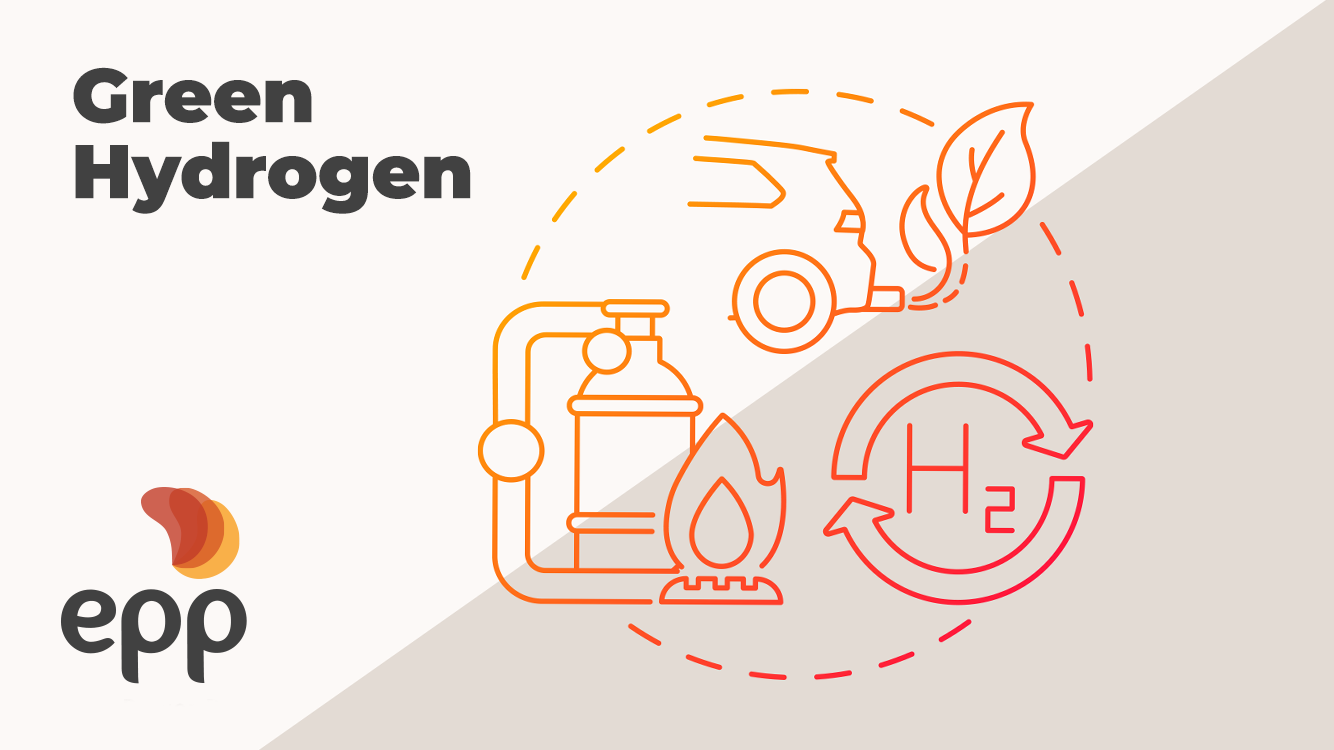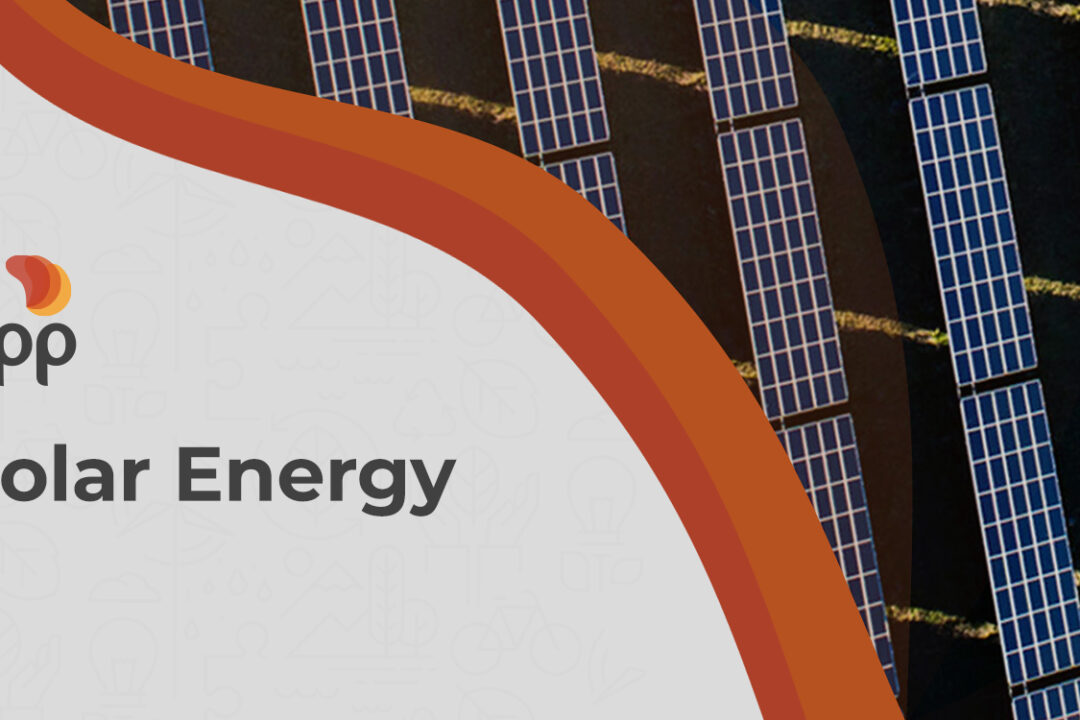Green hydrogen is one of the alternatives to reduce emissions and take care of our planet. Understand the prospects of this market.
Did you know that green hydrogen has three times more energy than gasoline and does not release polluting gases? These are some of the reasons why hydrogen is recognized as the fuel of the future.
Climate change is already occurring and has a negative impact on the environment and society. Temperatures are already 1 ° C above pre-industrial levels, according to the Intergovernmental Panel on Climate Change (IPCC) and an additional rise of 0.5 ° C can cause devastating effects.
The decarbonization of the planet is one of the goals stipulated by countries around the world until 2050. With this urgency, nations began to make climate agreements, looking for alternative means of energy generation, and green hydrogen or renewable hydrogen appears as an efficient option for this transition.
What is green hydrogen?
Hydrogen is the most abundant chemical element in the universe. Stars, like the sun, are mainly formed by this gas, which can also assume the liquid state. However, although present in many places, hydrogen can rarely be obtained directly from nature. Thus, processing is necessary to extract the H2 molecule from the chemical compound.
Water electrolysis is considered the most viable method of extracting green hydrogen. Through this process, the electric current separates the hydrogen from the oxygen in the water. Thus, energy production does not emit carbon dioxide into the atmosphere. According to the International Energy Agency, if implemented, this model would save the 830 million tons of CO2 per year that are emitted by fossil fuels.
Another way of obtaining hydrogen occurs through the use of biomass or biogas. This is a good opportunity for several national productive sectors, mainly for sugar and alcohol and livestock.
For these advantages, green hydrogen is a bet on energy transition and a low carbon economy. Its use in the automotive sector has been growing, asserting itself in countries like Japan, Germany and Canada. These initiatives serve to establish patterns of use that can be repeated in other countries with the technologies already available.
What are the prospects for the development of this matrix?
Green hydrogen is a big bet for the renewables market. Bill Gates, Microsoft founder and writer of How to Avoid a Climate Disaster, recently rated fuel as the best innovation of recent times. However, a major impediment to development is the cost of producing green hydrogen, which, in addition to being expensive, demands a very large energy expenditure.
The expectation of the sector is that the drop in renewable energy costs and the improvement in electrolysis technology will help green hydrogen to become competitive by 2030, points out the report by the International Renewable Energy Agency (Irena). The Agency believes that it is possible to make hydrogen cheaper than any other low-carbon alternative, reaching US $ 1 / kg before 2040.
Currently, compared to other processes, its use is still very small, representing 0.1% of global H2 production. Green hydrogen can help reduce net emissions of carbon dioxide (CO2) in energy-intensive and difficult sectors decarbonize, such as steel, chemicals, long-distance transport, navigation and aviation.
As Brazil has one of the most renewable energy matrices in the world, the country can be a power in the production and export of renewable fuel. Experts say the country would be able to produce the fuel at a competitive cost for both domestic consumption and export to the European market. The Northeast, for example, could be a strategic point for wind and solar photovoltaic generation combined with the exit route to Europe.
If you are interested in this subject and want to check out other sustainable initiatives, read our content on net zero.






